by Ken Lain, the mountain gardener

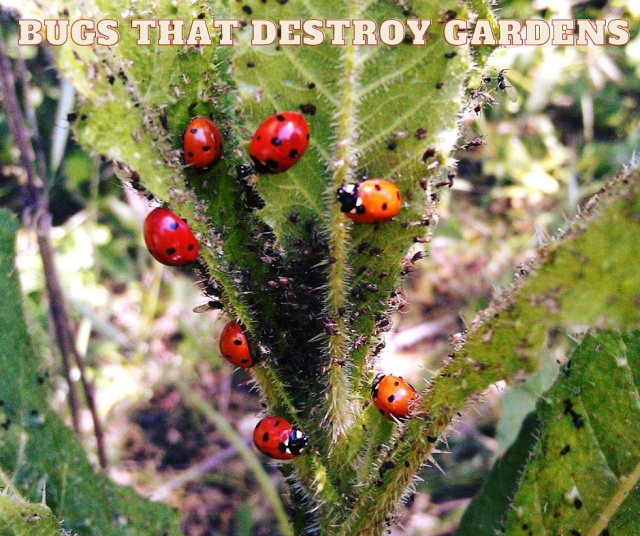
Bugs like gardens even more than you do. If left unchecked hungry insects destroy your prized vegetables and specimen flowers. Some insects do more than just snack on plants; they spread disease that is certain death to plants in the garden. Here are the most insidious local bugs that should be dealt with immediately in the garden.
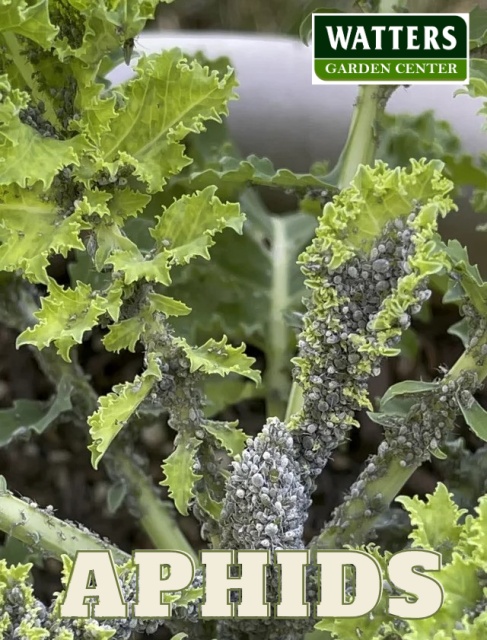
#1 Aphids – Gardeners everywhere curse the presence of tiny aphids on roses, honeysuckle, kale, and plants typically found in spring and autumn. The sucking action of these pests causes growth deformities of flowers and foliage. However, aphids bring more havoc to the garden by transmitting viruses and fostering mold and fungus development.
Discourage aphids naturally. Plant sweet Alyssum in the garden to draw beneficial wasps. Include Cosmos to attract hungry lacewings and add penstemon or yarrow to attract ladybugs. Release ladybugs in your garden. A single ladybug consumes as many as 5,000 aphids. Triple Action Neem Oil is quick death to aphids. It has a repelling action that keeps them away from the garden naturally.
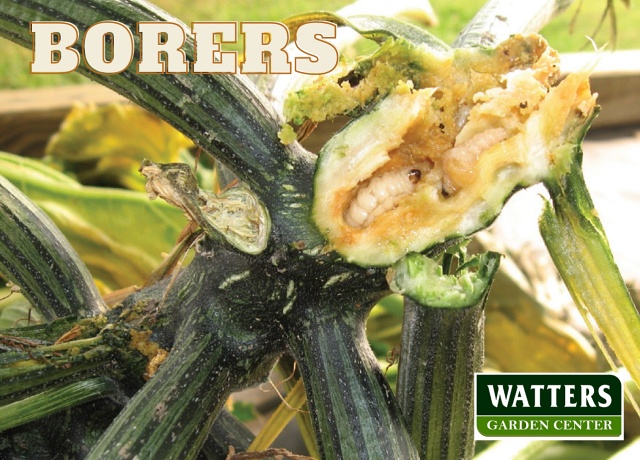
#2 Borers are insidious, destroying flowering plants from the inside out.
The worst borer in the flower garden is the iris borer, which tunnels through an entire iris rhizome, leaving bacterial rot in its wake. Be suspicious if you notice sawdust material around the base of irises or ragged leaf margins. Pinprick holes in the leaves of the iris are signs of tiny caterpillars infiltrating leaves and eating their way into the roots. Prevent borers and their eggs by removing iris foliage in autumn. Apply Systemic Rose Food in spring to keep borers out permanently.
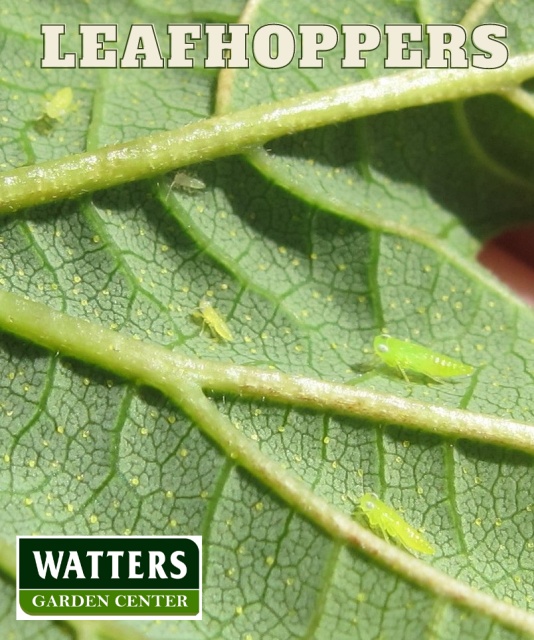
#3 Leafhoppers are about an eighth inch long and look innocuous enough. They like eating the soft underside of leaves and spreading disease showing up as distorted leaf tips and edges. The green insects don’t congregate in large numbers and hop away when approached.
Keep dandelion and thistle weeds away from the flower garden, as they provide cover for leafhoppers. Remove debris from the garden at the end of the season to eliminate overwintering. Encourage beneficial insects, such as ladybugs, lacewings, and pirate bugs, which eat eggs and larvae of leafhoppers. Spray adults with Cyanora Insect Control.
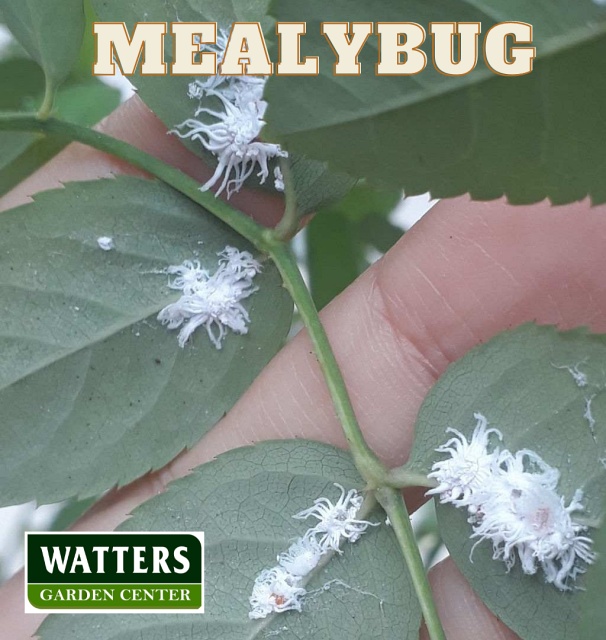
#4 Mealybugs draw little attention, as the pests are only 3/16″ inches long and move slowly. If you notice white fuzzy growth on plants, you have a mealybug. They excrete honeydew that causes molds. When enough mold accumulates on foliage, it reduces photosynthesis, weakening the plant and making it even more susceptible to garden pests. Using Triple Action Neem Oil sprayed directly on clusters of Mealybugs is the best defense.
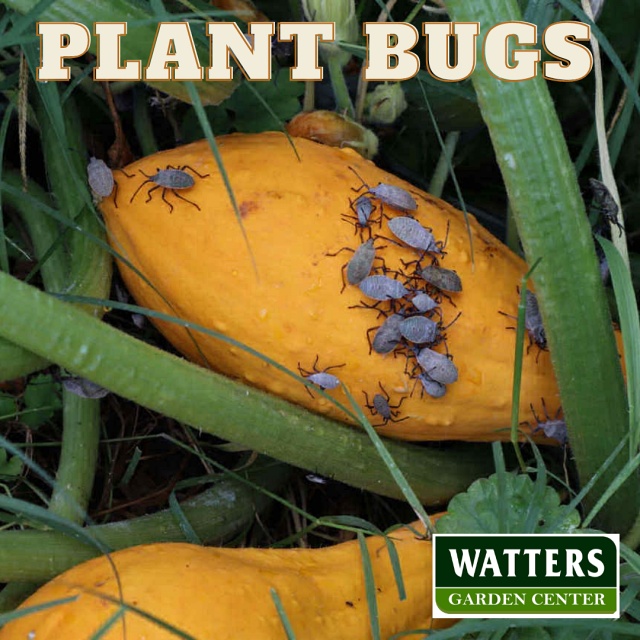
#5 Plant Bugs is a term that includes several true bugs, members of the Hemiptera order of insects. The most common plant bugs are cinch, harlequin, and squash. Like leafhoppers, plant bugs inject toxins into your plants’ leaves, buds, and shoots as they feed. The result is a plant mottled with brown spots and deformed growth. Plant bugs often have an unpleasant odor. Dahlias, azaleas, daisies, liatris, and asters are just a few flowering plants these bugs commonly feast upon. Spraying young bugs with Watters Bug Blaster to control Plant Bugs.
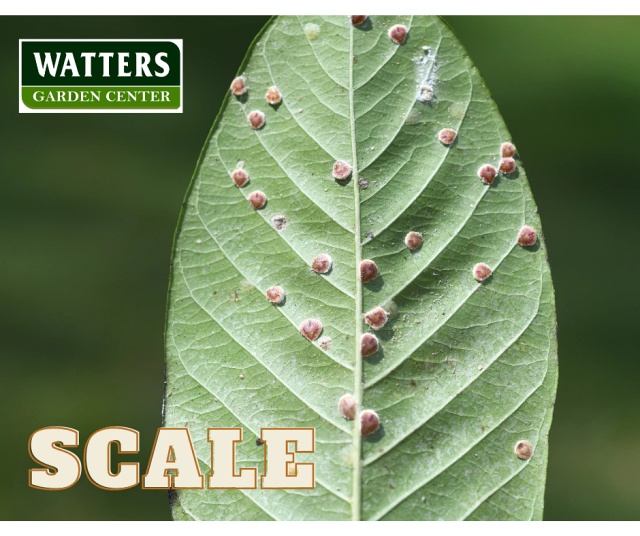
#6 Scale insects may not even seem alive. The waxy covering resembles lichen or other natural growths on their host plants. The scale under this waxy covering is active and feeds on plants throughout the year. Damage appears as stunted growth, leaf drop, and yellow spots on leaves. Horticultural Oil is highly effective scale control when temperatures are under 90 degrees.
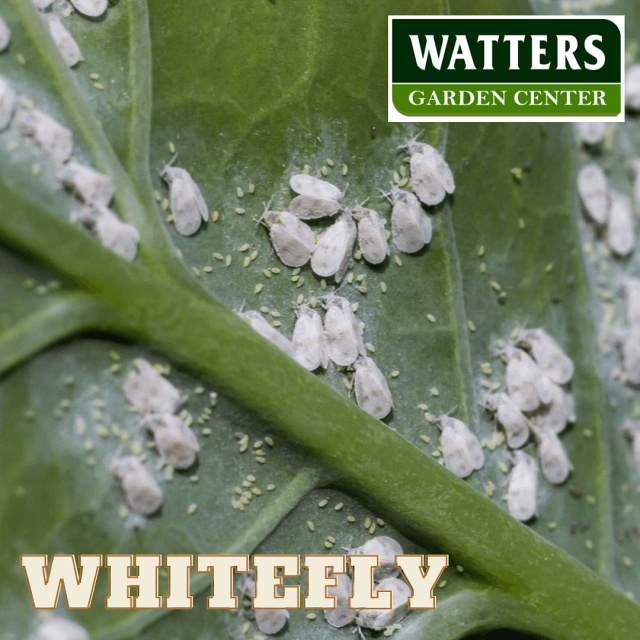
#7 Whiteflies flutter about plants like an ephemeral cloud when disturbed. Their damage is formidable. Spreading viruses and disease leaves stunt and turn yellow while the flies suck the plants’ sap dry. Take advantage of their small size and weakness by using a vacuum to remove this bug from plants. Natural predators such as ladybugs and lacewings are a natural solution. Watters Bug Blaster works well on heavy infestations.

Free Garden Classes are offered @ Watters Garden Center
We go deep into growing better. Check out this Summer’s class selection offered every Saturday @ 9:30 am.
July 8 – Gardening for Newcomers
July 15 – Plant Doctor is in the House
July 22 – Growing Better Privacy Screens & Barriers
Until next week, I’ll be helping gardeners control bugs here at Watters Garden Center.
Ken Lain can be found throughout the week at Watters Garden Center, 1815 Iron Springs Rd in Prescott, or contacted through his website at WattersGardenCenter.com or Top10BugKillers.com.

